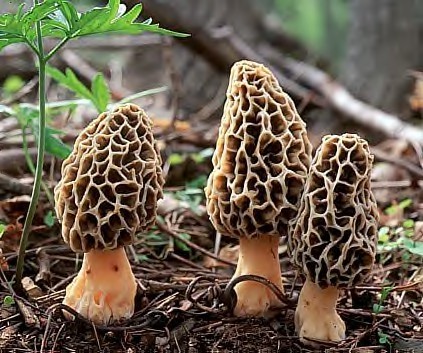
One of the most telling anecdotes John Cage relates is the story of how Schoenberg warned him that if his ear for Harmony didn't improve he'd spend the rest of his life banging his head on an impenetrable wall, andCage's acceptance of that reality.His feeling for Harmony simply did not exist or if it did, had no role in his composing.
I think that on a higher plane, however, Cage was indeed a harmonist
A new biography has recently appeared (Kenneth Silverman Begin Again ) and has been widely reviewed, most notably by John Adams in the NY Times and Alex Ross in a lengthy piece in the New Yorker. According to Adams, a veritable "Cage Industry " has arisen in academia. I'm not sure I see evidence of that but the Cageian mystique certainly lives on, some 18 years after his death. There are already several good books on Cage (Kyle Gann's short but incisive one on 4'33" is my favorite) but the new one is more comprehensive; it clocks in at well over 400 pages. And there are still areas of his life and music not examined that thoroughly.
The main thing that I got from the book was the unrelenting dedication Cage had to his creative process; he was, in a word, hyper-industrious. The act of "composing" for him was his life and despite the fact hat he traveled widely and was always showing up at this festival or that, he was only truly content when at home working. This applies to all periods of his life. He just wrote and wrote, and always followed some scheme, pattern or process..
The other thing that Silverman brings out is Cage's assiduous attention to details and correctness in the interpretation of his music. It is often thought that his cavalier attitude to the traditional building blocks of music, leaving such details to chance-generated processes, would allow free-wheeling improvisation in performance. Once he had arrived AT CERTAIN PROCEDURES, HE DEEMED IT PARAMOUNT TO ADHERE TO THEM--NO MONKEYING AROUND as the NY Phil players did for their infamous "performance" of Atlas Eclipticalis in 1968.
Oddly, I think, he was both a free wheeling spirit, allowing any and all sounds or events into his musical world, and a stickler to detail and the rules. A paradox? Perhaps.
One of the more amusing and astonishing adventures in Cage's life occurred in 1959 while he was living briefly in Italy. He became a contestant on a popular TV quiz show called "Lascia o Raddoppio (Leave or Double). The idea was that a person's expert knowledge of a single subject would be subject to more and more difficult questions as the prize money doubled; missing a question would result in falling back to nothing. This was similar to the American quiz show, The 64 Thousand Dollar Question.
Th show was extremely popular and Cage became a celebrity in Italy over night. The final question, which won him five million Lire, asked him to identity all the white spored mushrooms in an authoritative book called Studies in American Fungi by George Atkinson. He not only knew the answers but rattled them out in alphabetical order! Clearly he had done his homework, and I suspect, he had something of a photographic memory.
The penultimate question asked him to identify a picture of one species and elaborate on various aspects--spore color, size of spore in microns etc..Silverman erroneously identifies the mushroom as "Bacillus tomentosis which, upon investigation, turns out to be a mishearing of Suillus tomentosis! (see picture above) Alright, Silverman is neither a musicologist nor a mycologist! But what happened to fact checking?
John Cage died in 1992 at the age of 79. I remember quite vividly what I did that day. I was in Maine with family on vacation and heard the news on the local classical music station. I was shocked because John Cage was not the sort of person you expected to die, so I went out by myself on my bike looking for mushrooms--it seemed the proper thing to do. I found a beautiful cache of Dentinum repandum. When I returned from my foray I sat down and wrote a spontaneous improvisatory "remembrance" of Cage. It was printed in the Fall issue of the ISAM Newsletter.
The great divide in Cage's music has always been a point of contention and controversy. There are many who admire the early percussion works and prepared piano studies but eschew completely the body of work based on indeterminacy, and I suppose there are some whose taste and admiration go in the opposite direction..
I see his life as one of great harmony Here is what I wrote at the end of the essay:
"Cage's contribution to new music before his leap into indeterminacy around 1950 was enough to gain him a place in the Pantheon. The percussion music, prepared piano and works such as the string quartet and the Seasons comprise a very original and impressive collection. Even though he turned his back on that way of composing, the works still exist and he did not disown them.
Perhaps this music represents a forcing or pushing principal, the Yang part of his life, whereas the later work is a more yielding acceptance of the way things are--the Yin side. So there would seem to be a great harmony in his life, even if our ears don't always hear it.


























